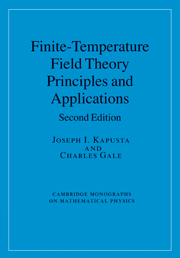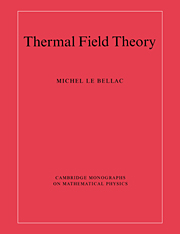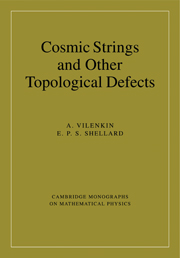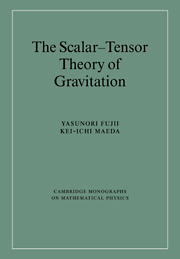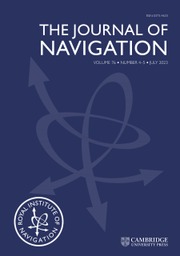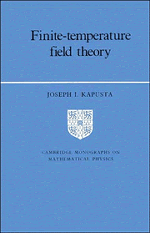Finite-Temperature Field Theory
The 2006 second edition of this book develops the basic formalism and theoretical techniques for studying relativistic quantum field theory at high temperature and density. Specific physical theories treated include QED, QCD, electroweak theory, and effective nuclear field theories of hadronic and nuclear matter. Topics include: functional integral representation of the partition function, diagrammatic expansions, linear response theory, screening and plasma oscillations, spontaneous symmetry breaking, Goldstone theorem, resummation and hard thermal loops, lattice gauge theory, phase transitions, nucleation theory, quark-gluon plasma, and color superconductivity. Applications to astrophysics and cosmology cover white dwarf and neutron stars, neutrino emissivity, baryon number violation in the early universe, and cosmological phase transitions. Applications to relativistic nucleus-nucleus collisions are also included. The book is written for theorists in elementary particle physics, nuclear physics, astrophysics, and cosmology. Problems are given at the end of each chapter, and numerous references to the literature are included.
- The authors' clear and pedagogical style will suit graduate courses
- Contains exercises at the end of each chapter
- Thoroughly updated, revised and extended
Reviews & endorsements
"...a wonderfully compact book, filled with useful information and important references."
Mathematical Reviews
"Overall, this book contains an excellent beginner's introduction to thermal quantum field theory, which paves the way to more in-depth topics. This book is highly recommendable to anyone entering the field, and very useful to advanced students in general and to researchers in adjacent topics as well."
Axel Maas, Mathematical Reviews
Product details
August 2006Adobe eBook Reader
9780511222801
0 pages
0kg
This ISBN is for an eBook version which is distributed on our behalf by a third party.
Table of Contents
- 1. Review of quantum statistical mechanics
- 2. Functional integral representation of the partition function
- 3. Interactions and diagrammatic techniques
- 4. Renormalisation
- 5. Quantum electrodynamics
- 6. Linear response theory
- 7. Spontaneous symmetry breaking and restoration
- 8. Quantum chromodynamics
- 9. Resummation and hard thermal loops
- 10. Lattice gauge theory
- 11. Dense nuclear matter
- 12. Hot hadronic matter
- 13. Nucleation theory
- 14. Heavy ion collisions
- 15. Weak interactions
- 16. Astrophysics and cosmology
- Conclusion
- Appendix.

